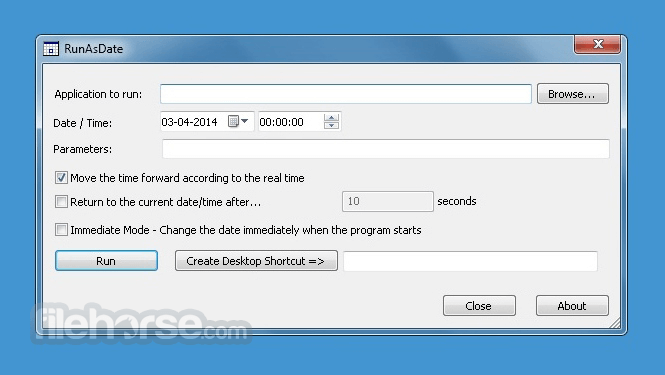
- #RUN AS ADMIN MEDIAKEYS UPGRADE#
- #RUN AS ADMIN MEDIAKEYS WINDOWS 10#
- #RUN AS ADMIN MEDIAKEYS WINDOWS#
Some third party entries in your sources.list were disabled. I did get one pop-up message I noted for later:
#RUN AS ADMIN MEDIAKEYS UPGRADE#
The upgrade went smoothly, though it took a few hours (much longer than the server upgrades) and seemed to go in spurts (perhaps because of apt-cacher?). I used the Network Upgrade for Ubuntu Desktops. Ln: creating symbolic link `/dev/bus/usb/devices': File existsĪfter upgrading my Ubuntu servers to 8.10, I turned my attention to my Ubuntu laptop running Ubuntu desktop. Or by label, using -L label or by uuid, using -U uuid. One can change the type of all the mounts in a mount subtreeĪ device can be given by name, say /dev/hda1 or /dev/cdrom, One can change the type of mount containing the directory dir: One can also mount an already visible directory tree elsewhere: Note that one does not really mount a device, one mountsĪ filesystem (of the given type) found on the device. Mount -t type dev dir : ordinary mount command Mount directory : mount known device here Mount device : mount device at the known place The command is `mount something somewhere'.ĭetails found in /etc/fstab may be omitted. + mount -rbind /dev/bus/usb /proc/bus/usb + # Magic to make /proc/bus/usb work so USB devices appear in VMWare Master ptmx node is already created by udev.ĭomount devpts "" /dev/pts devpts -onoexec,nosuid,gid=$TTYGRP,mode=$TTYMODE # diff -c mountdevsubfs.sh.orig mountdevsubfs.sh Then I restarted VMWare ("/etc/init.d/vmware restart") and my USB devices appeared!Ĭhanges I made to /etc/init.d/mountdevsubfs.sh: dev/bus/usb /proc/bus/usb usbfs auto 0 0 The "usbfs" on the begining seemed wrong to me, so I dropped that, resulting in the following line: Poking around a little more I found this advice which seemed cleaner, except it was a little flawed, when I tried adding the line as given to /etc/fstab, it didn't help and I noticed that if I actually tried to invoke the line, I got the following error: However when I re-applied those changes I got an error running the script (see end of post). In fact I have a /etc/init.d/mountdevsubfs.sh.dpkg.old file with the changes applied, so I know I did. A quick google turned up this hint which I really remember doing before. This sure seems familiar but I can't find a blog post about it.
#RUN AS ADMIN MEDIAKEYS WINDOWS#
There's ways to invoke the Windows APIs using a project called JNA, but that may be overkill given the simplicity of this using our combined research.Hmmm, I went to use a USB device in my Win XP win and it wasn't showing up (Under VM/Removable Devices/USB Devices). Since this API works on a byte-level, that's the best approach. There is an API in Windows for setting the flags of a shortcut
#RUN AS ADMIN MEDIAKEYS WINDOWS 10#
Testing the Windows 10 byte changes on Windows 7 show no immediate problems.


On Windows XP, I can confirm that byte changes from 0x02 to 0x22 when the Run with different credentials flag is checked.ĭisclaimer: I'm using XVI32 to examine this with a standard hex editor.On Windows 10, I can confirm that byte changes from 0x03 to 0x23 when the Run As Administrator flag is checked.Using C:\ProgramData\Microsoft\Windows\Start Menu\Programs\Accessories\Paint.lnk Note, I'm using indices below for clarity.


 0 kommentar(er)
0 kommentar(er)
